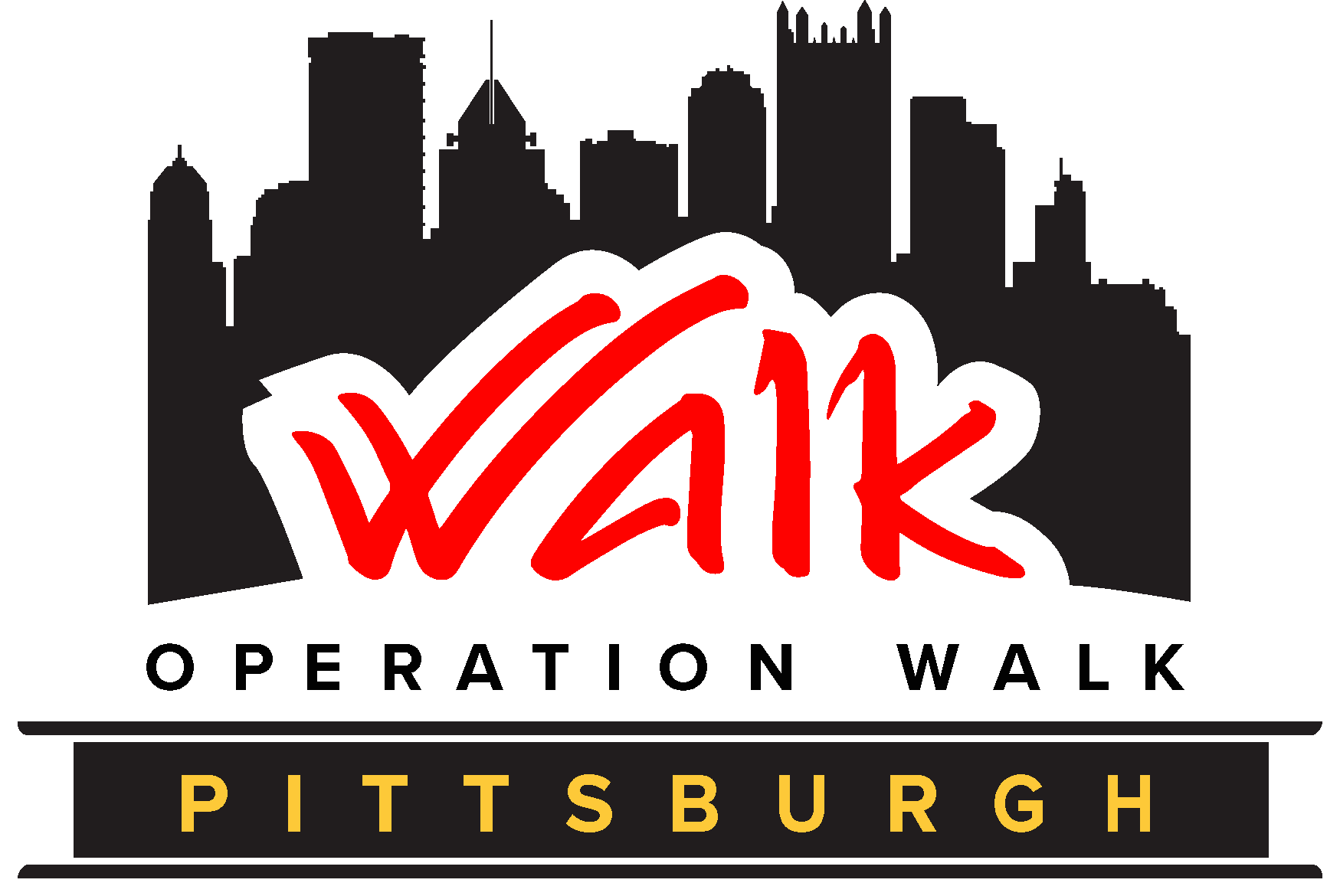Shadowing the Patient Experience in Guatemala: goShadow Goes Global
Article by Hannah Hamlin, of goShadow
Shadowing is the direct, real-time observation of patients, staff, or processes as they move through a care pathway. It gives insight into what patients and staff experience, and allows for identification of opportunities for process and experience improvement. From outpatient office appointments, to sterile processing, to discharge procedures, shadowing is a critical tool to drive change and continually measure success.
In Pittsburgh, I am a boots on the ground shadower. I collaborate with outpatient offices, inpatient units, hospital programming, and other departments to help organizations improve their processes and patient experiences. Supporting tools like perception mapping, “What Matters to You?,” and current state analysis help my team and I improve and recognize more ideal processes and experiences in our day to day work.
For our tenth medical mission, we decided to apply goShadow’s concepts to see what we are doing well and where opportunities for improvement exist. To that end, during Antigua 2019 I held an entirely new role of shadowing patients and processes comprising the Total Joint Replacement (TJR) processes, from clinic through discharge.
This project came with its own unique challenges such as language barriers, a foreign hospital design (for me), a truncated continuum of care, and implementing our toolkit in a completely new country. Arriving early with the pre-trip team allowed me to become familiar with the hospital layout. I was able to walk the patient pathway prior to shadowing –– a crucial step to understanding the perceived state of patient and staff flow. Anticipation of pain points allows for more focused shadowing and often increased engagement with stakeholder feedback.
Shadowing enabled me to qualitatively and quantitatively report that the TJR pathway in Antigua is very similar to other TJR programs goShadow has worked within the United States. This similarity shows us that a hugely complex pathway can be replicated and scaled, almost anywhere.
Major pain points are similar to any other outpatient or surgical experience: physicians have long clinic wait times, room and sterile equipment turnover causes delays, and missed opportunities for improved communication are present in a Guatemalan hospital, just as they are in ours.
A unique aspect that makes delivering care less challenging in Antigua is not what you might expect. Running a high-volume “practice” in a smaller space makes it easy to walk across the hall to communicate a delay or ask where something is, rather than navigating a multi-floor hospital.
From my objective perspective, Operation Walk Pittsburgh has done a great job at continually improving and refining processes over their 10 years. Bringing a new team member from goShadow to identify what can be done better is just the latest evidence of that commitment.
Operation Walk Pittsburgh faces challenges every year while delivering high-quality care in a developing country. They have to go back to basics and reconnect to why they went into medicine in the first place. While this is refreshing to most providers and Travel Team members, it’s a change from the pace and style that takes some adjusting for most who are used to a typical hospital in the United States.



